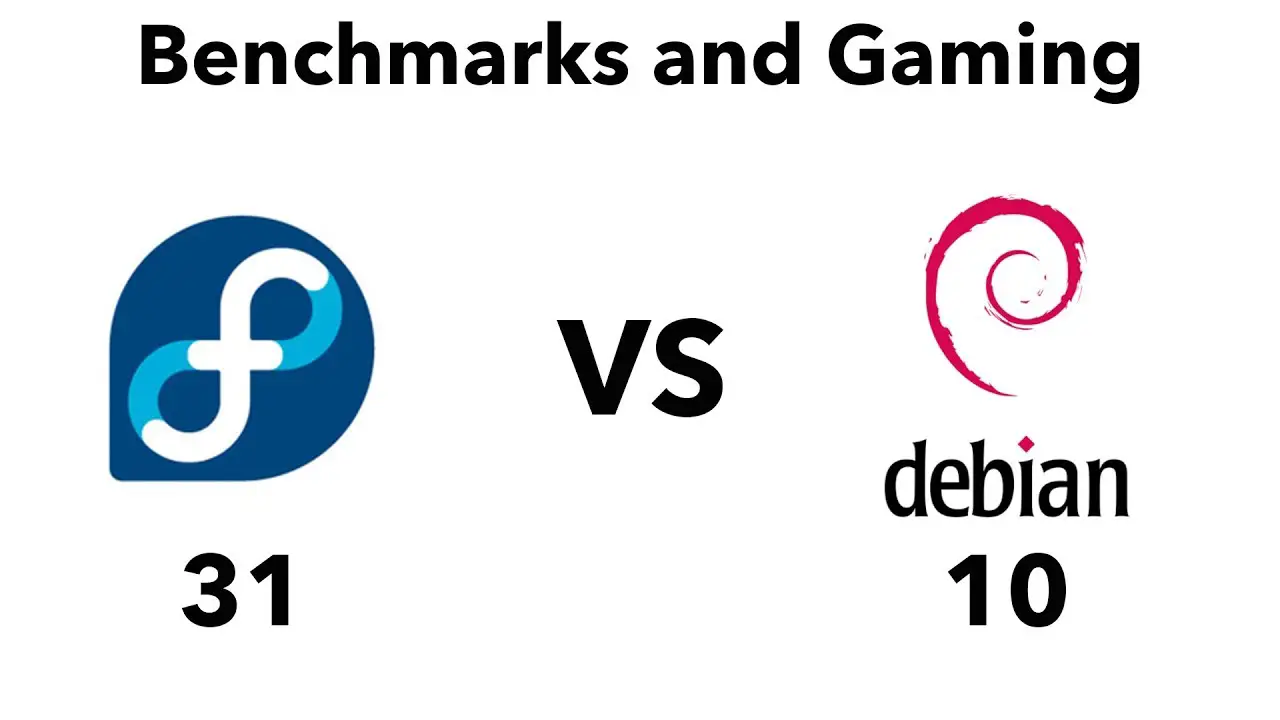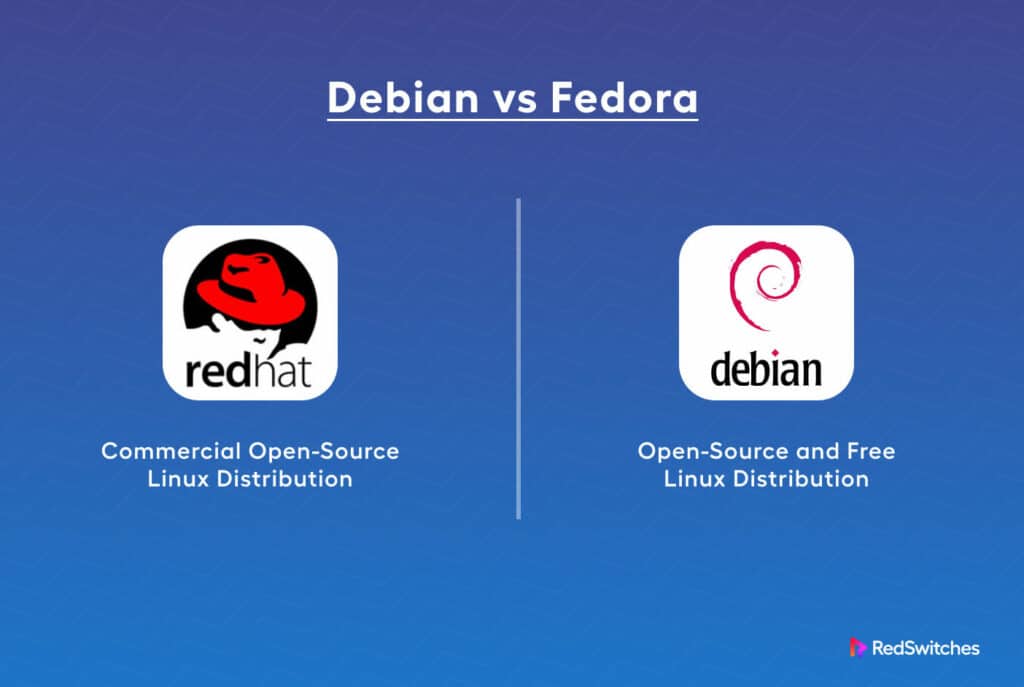Fedora vs. Debian: A Comparison for the Ages

Fedora and Debian are two of the most popular Linux distributions, and they have been around for a long time. Fedora is a Red Hat-sponsored distribution that is known for its cutting-edge software and features. Debian is a community-developed distribution that is known for its stability and security.

Release Cycle
Fedora follows a strict six-month release cycle, with new versions released every six months.
This means that Fedora users always have access to the latest software and features. Debian, on the other hand, has a much longer release cycle, with new stable releases typically being released every two years.
This stability makes Debian a good choice for servers and other systems that require a high level of stability.

Package Management
Fedora uses the RPM package management system, while Debian uses the APT package management system.
RPM is a more traditional package management system, while APT is a more modern system that is easier to use.
Both RPM and APT have their own advantages and disadvantages, but neither is inherently superior to the other.
Desktop Environments
Fedora offers a variety of different desktop environments, including GNOME, KDE, and Xfce. Debian also offers a variety of different desktop environments, including GNOME, KDE, and LXDE.
The choice of desktop environment is a matter of personal preference, so there is no one “best” desktop environment.
Hardware Support
Fedora has good hardware support, and it can be installed on a wide variety of hardware.
Debian also has good hardware support, but it may not be as good as Fedora’s support for the latest hardware.
Support
Fedora is supported by Red Hat, which provides commercial support for Fedora users. Debian is supported by the Debian community, which provides free support to Debian users.
The level of support you need will depend on your specific needs. If you need commercial support, then Fedora is a good choice.
If you are willing to rely on community support, then Debian is a good choice.
Which Distro Is Right For You?
Ultimately, the best distribution for you will depend on your specific needs and preferences.
If you need a distribution that is cutting-edge and has the latest software and features, then Fedora is a good choice.
If you need a distribution that is stable and secure, then Debian is a good choice.
Both Fedora and Debian are excellent Linux distributions, and they both have their own strengths and weaknesses.## Fedora vs. Debian: A Comparison for the Ages
Executive Summary
Fedora and Debian are two of the most popular and widely used Linux distributions, each with its strengths and weaknesses. While Fedora is known for its cutting-edge features and user-friendliness, Debian is renowned for its stability and wide range of software packages. This guide provides a detailed comparison of the two distributions, helping you make an informed decision about which one is right for you.
Introduction
When choosing a Linux distribution, two of the most commonly recommended options are Fedora and Debian. Both distributions have been around for decades and have a large and active community of users and developers. But what are the key differences between Fedora and Debian, and which one is right for you?
Fedora vs. Debian: A Comparison
1. Release Model
Fedora is a rolling release distribution, which means that it receives continuous updates and new features on a regular basis. This makes it a good choice for users who want to stay on the cutting edge of Linux technology. Debian, on the other hand, is a stable release distribution, which means that it receives new releases only once every two years. This makes it a better choice for users who prefer stability and reliability over the latest and greatest features.
2. Software Selection
Fedora has a smaller software repository than Debian, but it offers a wider range of cutting-edge software packages. Debian has a larger software repository, but it tends to offer more stable and well-tested packages.
3. User Interface
Fedora uses the GNOME desktop environment by default, which is known for its user-friendliness and modern design. Debian uses several different desktop environments, including GNOME, KDE, and Xfce, giving users more choice and flexibility.
4. Support
Fedora has a large community of users and developers who provide support through forums, mailing lists, and IRC channels. Debian also has a large community, but its support is more focused on providing stable and reliable software than on providing cutting-edge features.
5. Security
Fedora and Debian both have a good reputation for security, but Debian is generally considered to be more secure. This is because Debian has a longer history of security updates and a more conservative approach to software development.
Conclusion
Fedora and Debian are both excellent Linux distributions with their strengths and weaknesses. Fedora is a good choice for users who want a cutting-edge distribution with a user-friendly interface and a wide range of bleeding-edge software packages. Debian is a good choice for users who prefer a stable distribution with a wide range of well-tested software packages and a robust security record.
Keyword Phrase Tags
- Fedora vs. Debian
- Linux distributions
- Rolling release vs. Stable release
- Software selection
- User interface

Fedora is the best Linux distribution out there! It’s fast, stable, and has a great community.
Debian is the worst Linux distribution ever! It’s slow, unstable, and has a terrible community.
Fedora and Debian are both great Linux distributions. It really depends on your needs which one is better for you.
Fedora is for nerds! Debian is for real men.
I use Fedora because it’s the only Linux distribution that I can figure out how to use.
Debian is so stable that it’s boring.
Fedora is like a sports car. Debian is like a tank.
I prefer Fedora because it has a better selection of software.
Debian is for losers!
I like Fedora because it has a nice logo.
Debian is the only Linux distribution that I trust.
I use both Fedora and Debian. I like Fedora for my personal computer and Debian for my server.